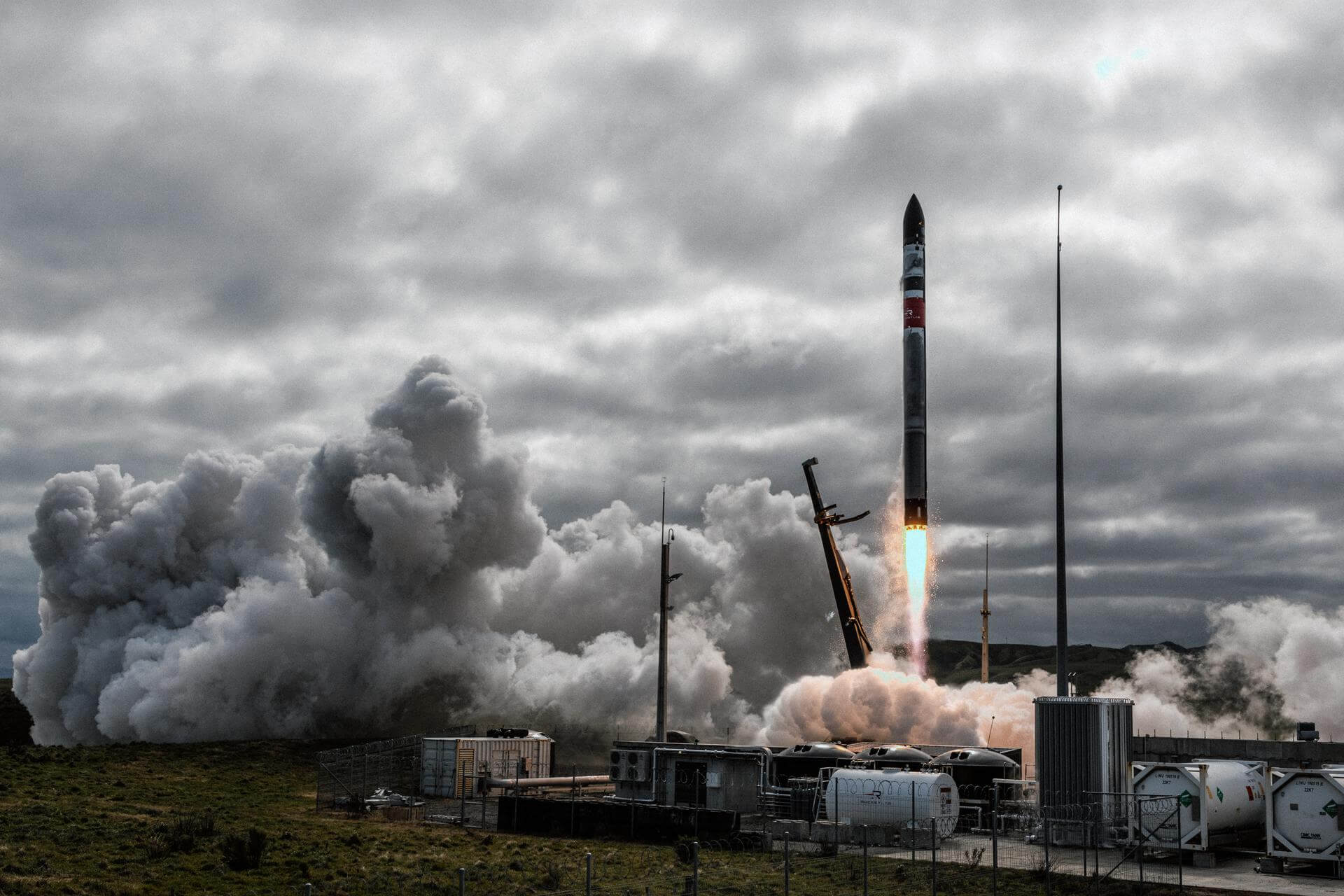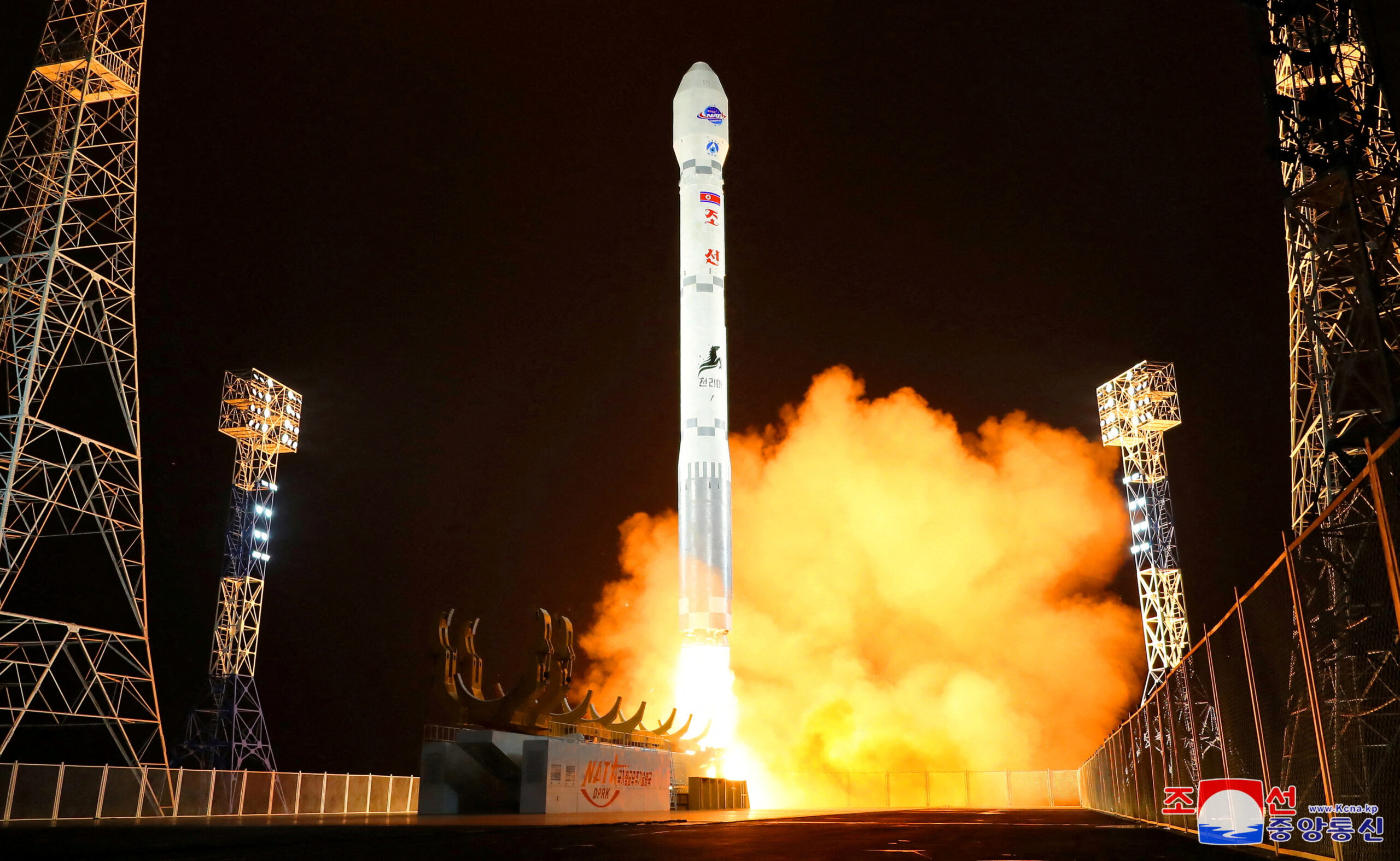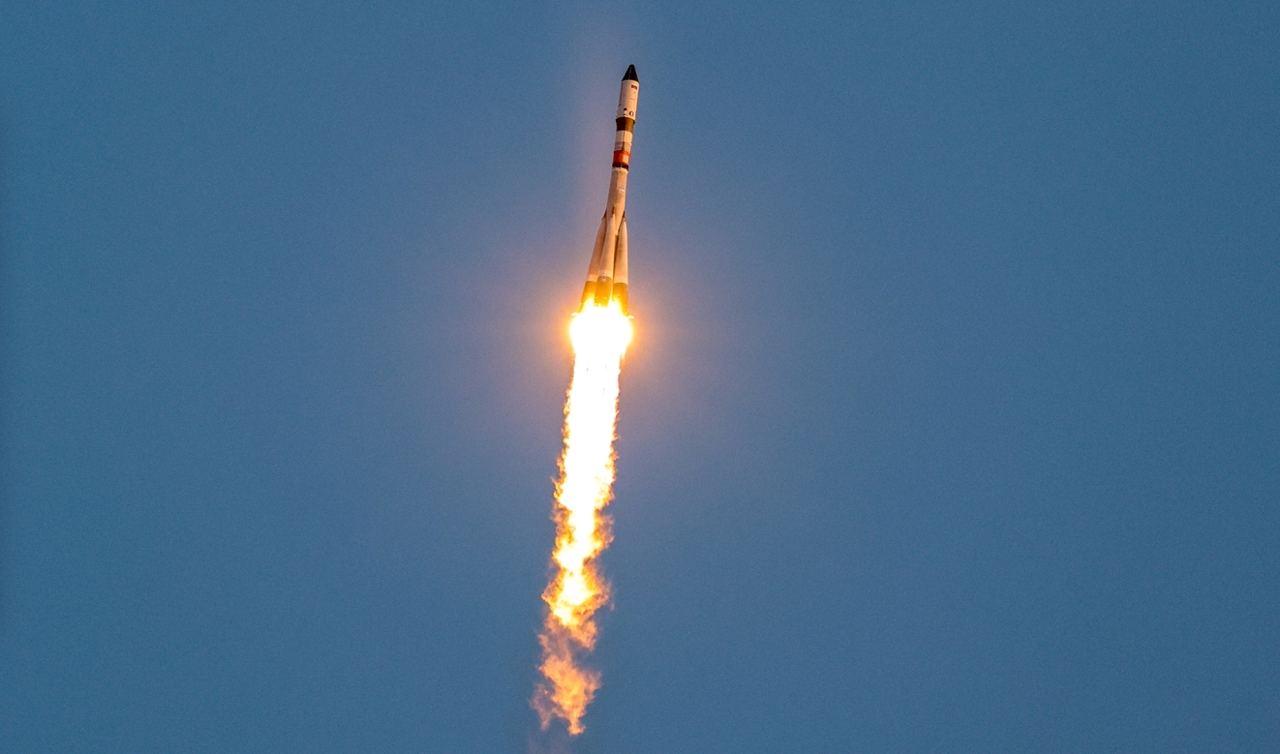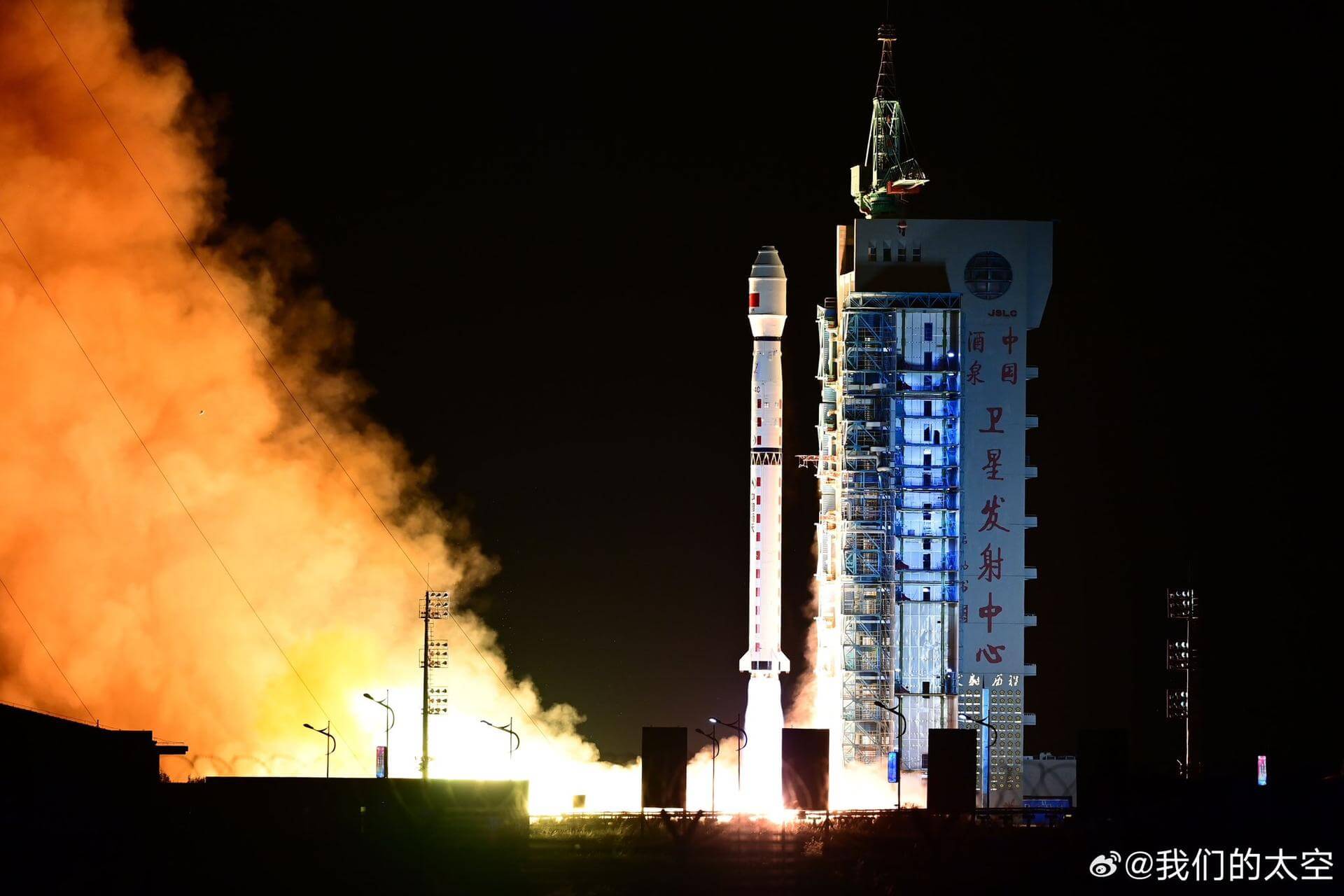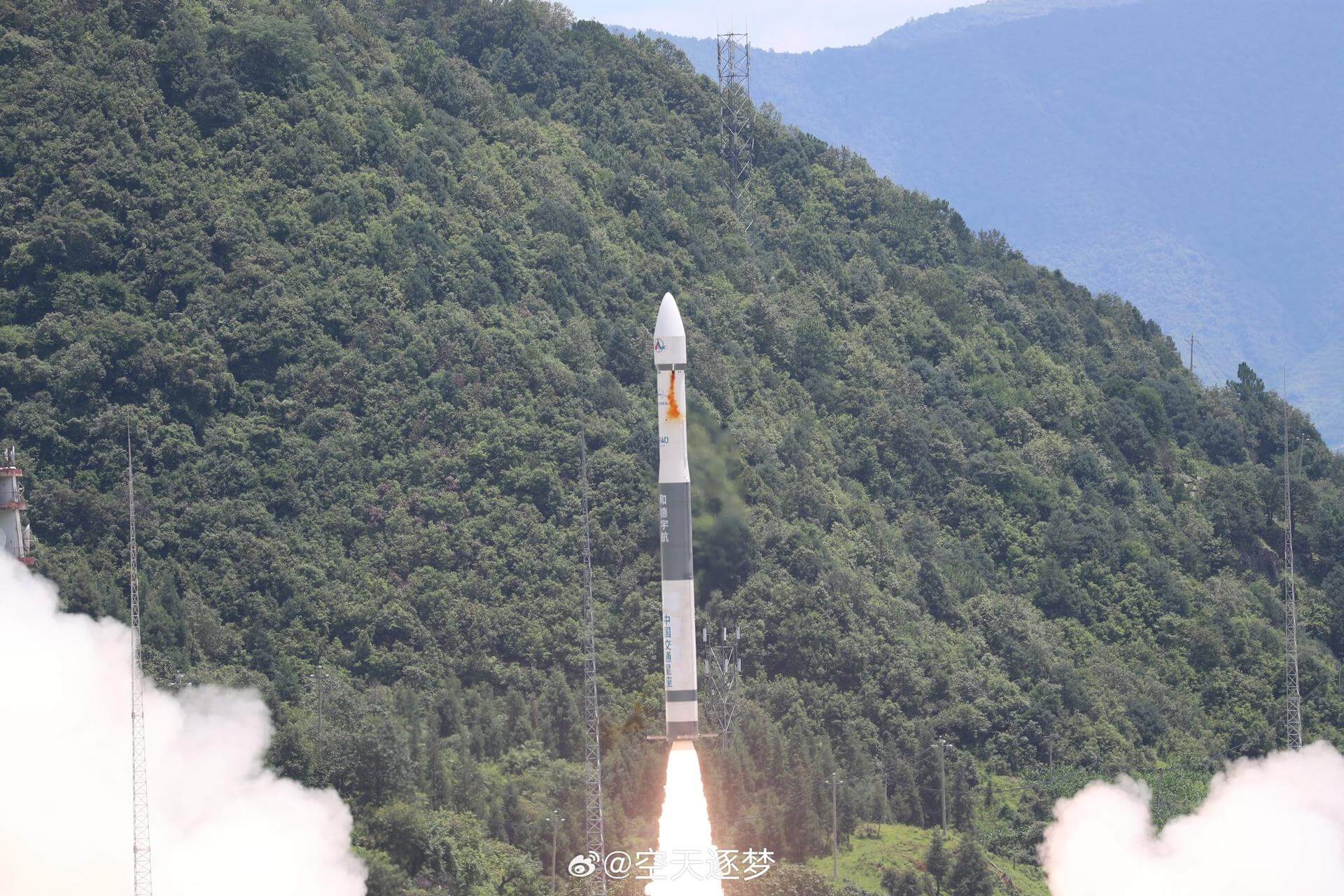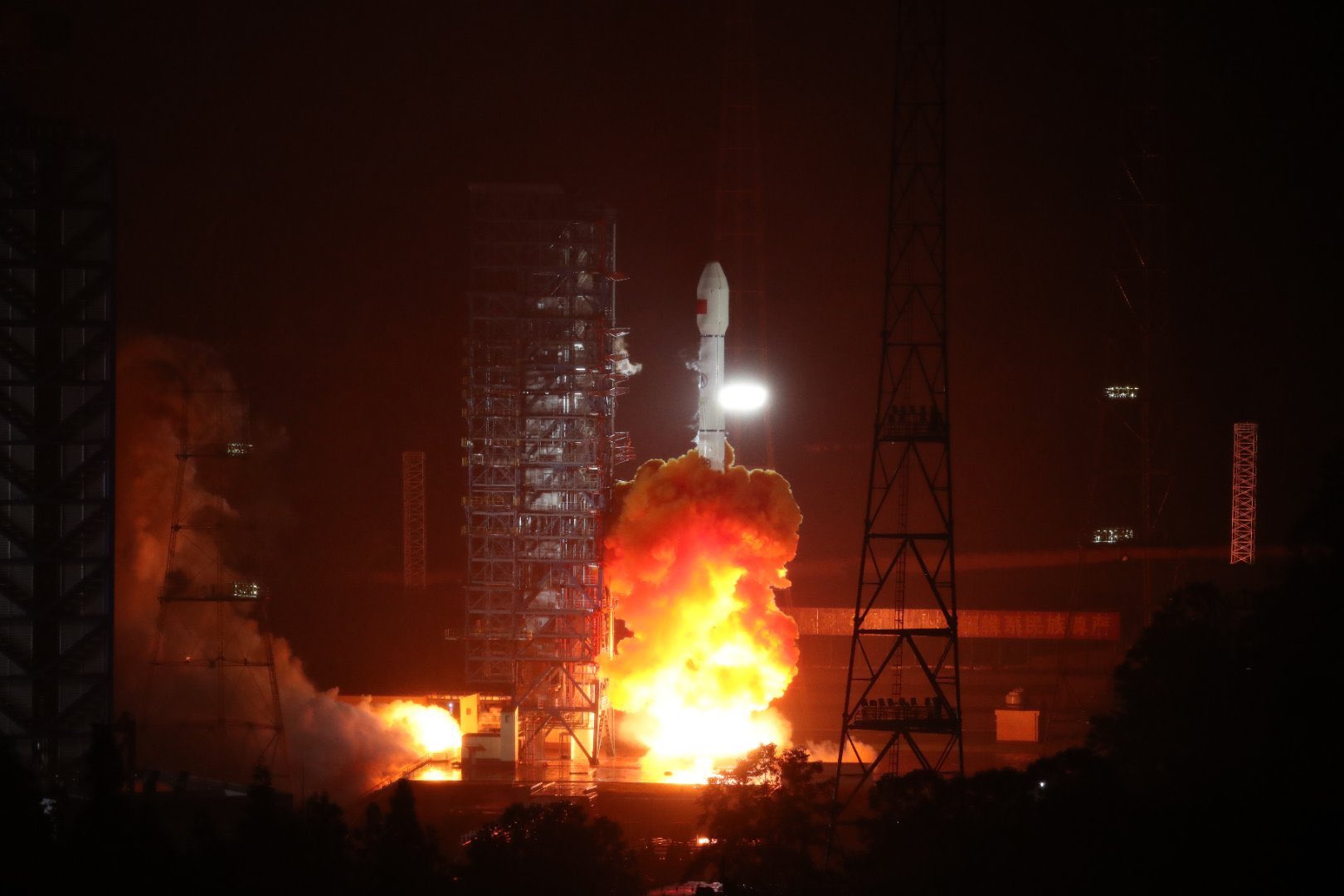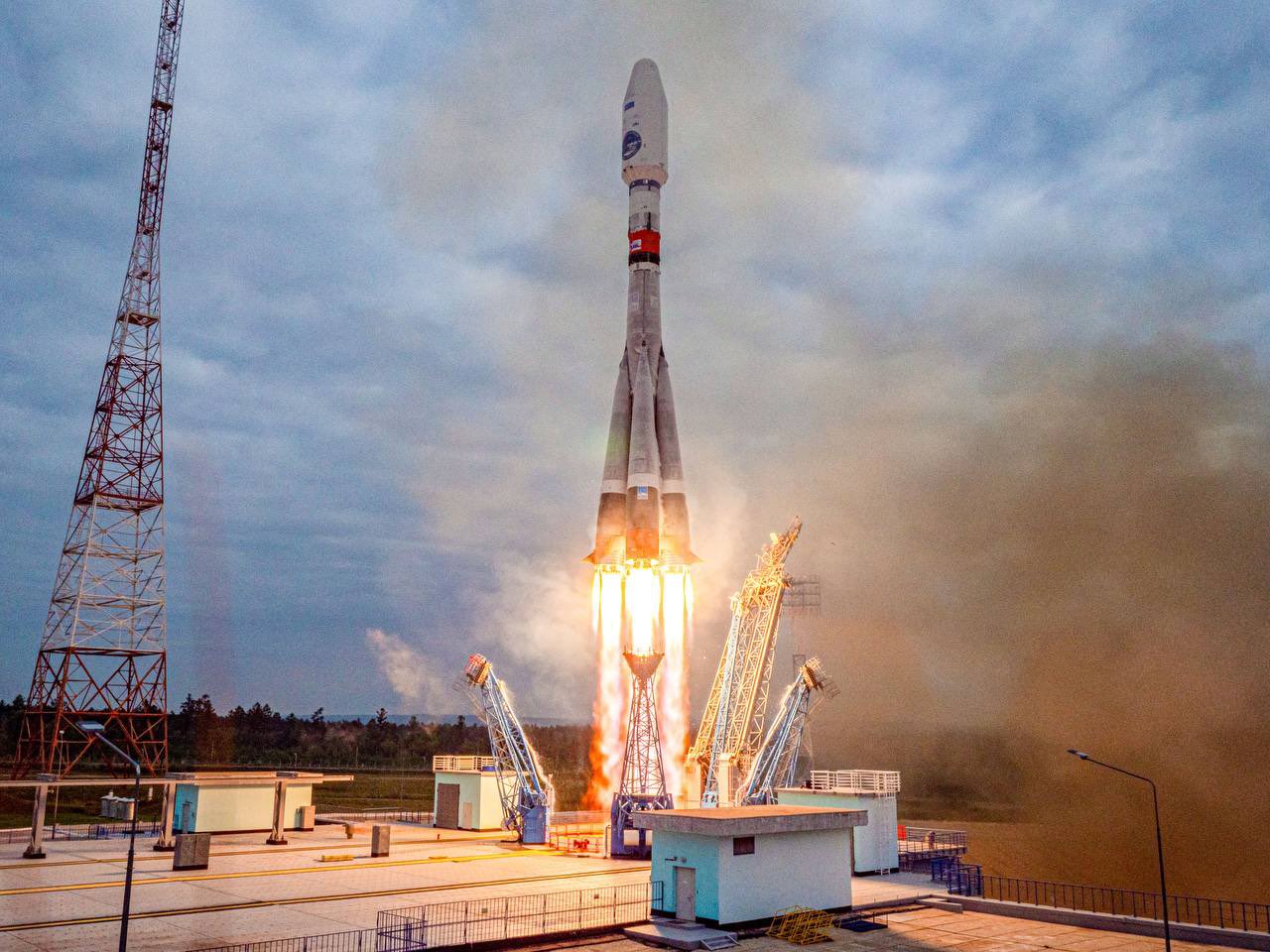Previous Spaceflight Launches
Filter by Agency, Locations or Vehicles
Show All LaunchesElectron | We Love the Nightlife (Capella Acadia 1)
Rocket Lab | United States of AmericaRocket Lab Launch Complex 1, Mahia Peninsula, New Zealand
Aug. 23, 2023, 11:45 p.m.
Chollima-1 | Malligyong-1b
Korean Committee of Space Technology | North KoreaSohae Satellite Launching Station, Cholsan County, North Pyongan Province, Democratic People's Republic of Korea
Aug. 23, 2023, 6:54 p.m.
Soyuz 2.1a | Progress MS-24 (85P)
Progress Rocket Space Center | RussiaBaikonur Cosmodrome, Republic of Kazakhstan
Aug. 23, 2023, 1:08 a.m.
Falcon 9 Block 5 | Starlink Group 7-1
SpaceX | United States of AmericaVandenberg SFB, CA, USA
Aug. 22, 2023, 9:37 a.m.
Long March 4C | Gaofen-12 04
China Aerospace Science and Technology Corporation | ChinaJiuquan Satellite Launch Center, People's Republic of China
Aug. 20, 2023, 5:45 p.m.
Falcon 9 Block 5 | Starlink Group 6-10
SpaceX | United States of AmericaCape Canaveral SFS, FL, USA
Aug. 17, 2023, 3:36 a.m.
Kuaizhou 1A | HEAD-3A/B/C/D/E
ExPace | ChinaXichang Satellite Launch Center, People's Republic of China
Aug. 14, 2023, 5:32 a.m.
Long March 3B/E | L-SAR4-01 (LTDC-4A)
China Aerospace Science and Technology Corporation | ChinaXichang Satellite Launch Center, People's Republic of China
Aug. 12, 2023, 5:26 p.m.
Status: Launch Successful
Mission:
China’s (and globally) first synthetic aperture radar (SAR) satellite being put into geosynchronous orbit. It can provide unprecedented all-time Earth observations of an area near the same longitude and can provide unique non-interrupted observations for various uses.
Geosynchronous Transfer OrbitFalcon 9 Block 5 | Starlink Group 6-9
SpaceX | United States of AmericaCape Canaveral SFS, FL, USA
Aug. 11, 2023, 5:17 a.m.
Soyuz 2.1b/Fregat-M | Luna 25
Progress Rocket Space Center | RussiaVostochny Cosmodrome, Siberia, Russian Federation
Aug. 10, 2023, 11:10 p.m.
Status: Launch Successful
Mission:
Luna 25 (ex-Luna-Glob) was a lunar lander mission by the Russian Federal Space Agency (Roscosmos) that crashed into the lunar surface after an anomalous orbital maneuver placed it on a collision trajectory towards the Moon. It was scheduled to land near the lunar south pole at the Boguslavsky crater to prove lunar landing technology. The mission carried 30 kg of scientific instruments, including a robotic arm for soil samples and possible drilling hardware. It was planned to remain active for at least one year on the lunar surface.
Lunar Orbit